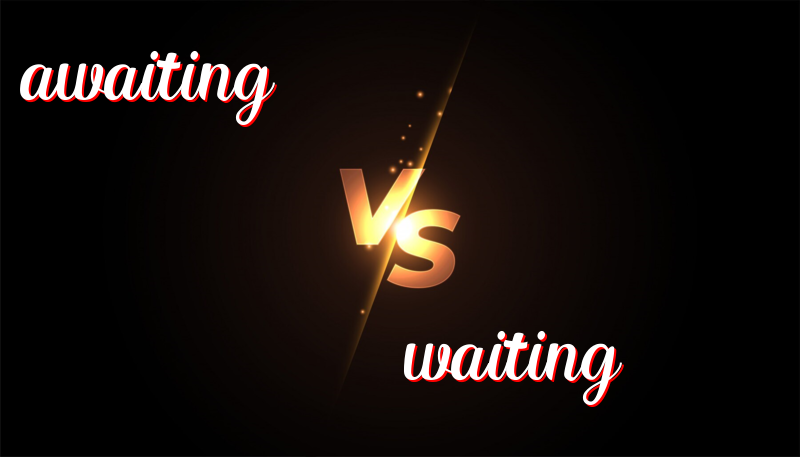Understanding the Distinctions: Awaiting vs. Waiting in English Usage
Awaiting vs. Waiting
Both awaiting and waiting mean to stay until something happens or someone arrives. Yet, they are used a little differently in sentences. Let’s look at how they came to be and how to use them:
History of the Words
The word awaiting comes from an Old French word that means to expect or wait for. It is a more formal way to say “waiting”.
The word waiting comes from an Old English word. It is more common in everyday speech.
How to Use “Awaiting”
“Awaiting” is often used in written English and is usually followed by a noun.
- I am awaiting your reply.
- She is awaiting the bus.
- They were awaiting the results.
- He is awaiting instructions.
- The team is awaiting the announcement.
How to Use “Waiting”
“Waiting” is used in speaking and writing and can be followed by “for” and a noun or a whole sentence.
- I am waiting for my friend.
- We were waiting for the rain to stop.
- She is waiting for the movie to start.
- They are waiting for their turn.
- He was waiting patiently in line.
Trick to Remember the Difference
Remember: Use “awaiting” when you need a more formal tone, often in writing, and it will need a direct object (what you are awaiting). Use “waiting” for everyday talk and writing, and it can be followed by “for”.
Summary
In short, “awaiting” is a formal term and directly follows what you are awaiting. “Waiting” is common and conversational, often used with “for”. Both mean staying until something happens.

Leave a Reply
You must be logged in to post a comment.